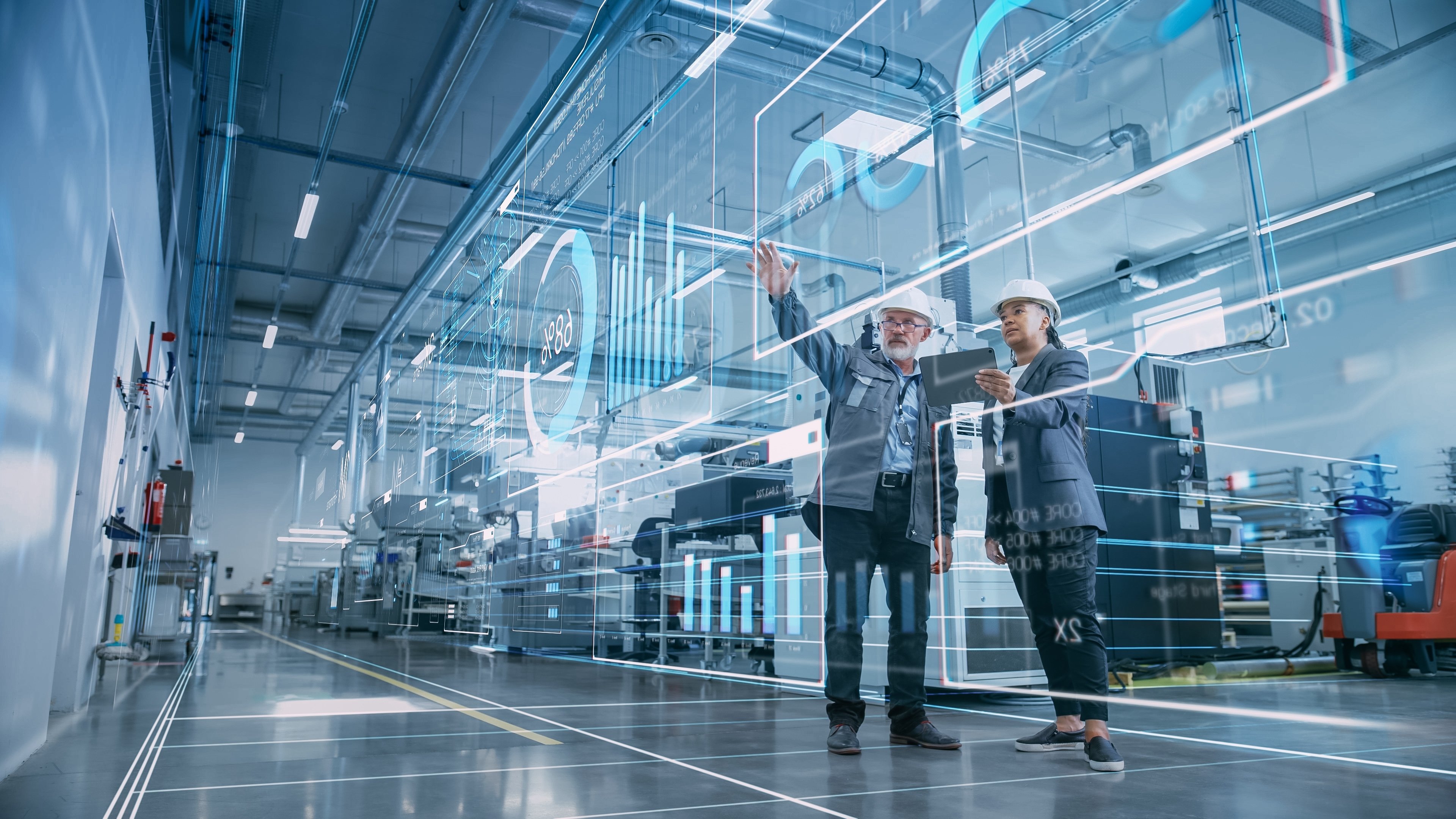KEY POINTS
- Rising energy demand is changing how buildings are planned, requiring earlier attention to power needs and infrastructure.
- Aging systems and growing power use are creating new challenges that affect construction timelines and project feasibility.
- Energy considerations are becoming a central part of design, coordination, and delivery across many types of construction.
America’s Energy Demand Is Accelerating – And It’s Changing How We Build
After decades of slow growth, the demand for electricity in the United States is poised to accelerate dramatically.
Between 2014 and 2024, power usage increased at a modest compound annual growth rate (CAGR) of 0.5%. However, according to a report by Bank of America, that figure is expected to grow 2.5% annually through 2035. McKinsey predicts even more aggressive growth, projecting that electricity demand could grow as much as 3.5% annually through 2040.
This dramatic shift in energy consumption may have wide-ranging implications for the construction industry. The way projects are designed and powered is changing, with builders and manufacturers needing to factor in electricity at the earliest stages of planning.
To keep up, utility companies will have to invest heavily in new and replacement infrastructure. Many parts of the U.S. grid are already aging. According to Bank of America, 31% of transmission lines and 46% of distribution equipment are near or beyond their expected service life. Updating this infrastructure will be critical to meeting growing demand.
For contractors, rising electricity demand isn’t just causing delays, it’s changing what gets built and how. Projects increasingly require early coordination with utilities, energy modeling, and high-power systems. Buildings must now be designed with grid constraints in mind, and firms that can deliver energy-ready infrastructure will be better equipped to meet new expectations across tech, industrial, and public-sector work.
AI, EVs, and Data Centers Are Driving the New Energy Economy
The projected 2.5% CAGR in power demand includes several contributing factors. Historical baseline growth accounts for around 0.5% annually. Building electrification contributes another 1%, with data centers adding 0.5%, industrial growth contributing 0.3%, and electric vehicles responsible for an additional 0.2%.
One of the key drivers of this increased energy demand is the artificial intelligence (AI) boom. According to Goldman Sachs, data centers, many of which are being expanded or newly built to support AI infrastructure, are expected to consume 165% more electricity by 2030.
The trend is being accelerated by President Trump’s recently announced AI Action Plan, calling for the expansion of domestic cloud infrastructure, semiconductor manufacturing, and AI research. These initiatives mean more data centers, more chip fabs, and more high-power facilities across the country.
At the same time, we are seeing a rise in other power-hungry projects: electric vehicle (EV) charging networks, battery plants, robotics hubs, and clean-tech factories, all of which use large amounts of electricity and will add pressure to an already strained electrical grid.
 A room shown with rows of server hardware in a data center. Image: Shutterstock
A room shown with rows of server hardware in a data center. Image: Shutterstock
Can the Grid Keep Up?
In many regions, the answer is not yet. Some construction projects are already facing delays, not because of permitting or financing, but because they can’t get connected to the grid in time.
Even as renewable energy grows, fossil fuels like natural gas are being used more frequently to support the grid’s stability. The Energy Information Administration reports that the grid is struggling to keep up with both the speed and scale of new demand.
This means that planning for power needs to start early, often before permits are filed or designs are finalized.
Early Energy Planning Is Now a Must for Construction Projects
For general contractors, engineers, and developers, this shift creates new risks, but also new opportunities. Early coordination with utilities is now essential.
Construction teams should also prepare for more complex mechanical, electrical, and plumbing systems. Projects will increasingly require energy modeling, grid-readiness assessments, and high-voltage installations. EV infrastructure, smart HVAC systems, and backup generators are expected to become common elements in both public and private construction projects.
About ConstructConnect
At ConstructConnect, our software solutions provide the information construction professionals need to start every project on a solid foundation. For more than 100 years, our insights and market intelligence have empowered commercial firms, manufacturers, trade contractors, and architects to make data-driven decisions and maximize productivity.
ConstructConnect is a business unit of Roper Technologies (Nasdaq: ROP), part of the Nasdaq 100, S&P 500, and Fortune 1000.
For more information, visit constructconnect.com

.jpg?upsize=true&upscale=true&width=255&height=165&name=Rendering%20of%20Jacaranda%20Court%20at%20400%20W%20Carrillo%20St.%20Santa%20Barbara%20California%20(IMAGE-%20HACSB).jpg)


.jpg?upsize=true&upscale=true&width=100&height=100&name=Rendering%20of%20Jacaranda%20Court%20at%20400%20W%20Carrillo%20St.%20Santa%20Barbara%20California%20(IMAGE-%20HACSB).jpg)

.%20ICT%20(Information%20communication%20Technology).%205G.%20Smart%20city.%20Digital%20transformation.jpg)

